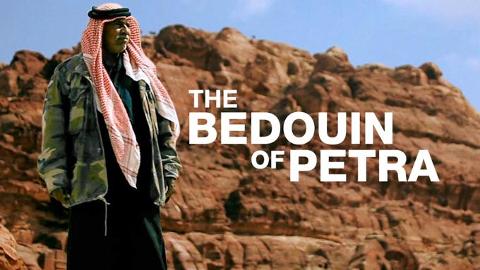Archaeologists say that the ancient City of Petra dates back to the third century BC. The famous site in the south of Jordan, which was once occupied by the Romans, is today one of the most visited tourist destinations in the world.
They got the name B`dūl because it means switched in Arabic. The Nabataeans were illiterate pagans. They lived off the land and worshipped idols. We`re not sure about their religion; they probably didn`t have any. We went from being Nabataeans to Muslims and so were called the B`dūl.
Abu Lafi al-B’dūl, B`dūl Volunteer Watchman
Al-B`dūl, a Bedouin tribe that used to live in Petra, claim to be descended from the Nabataeans who occupied this land at the end of the Roman Empire. They lived among the tombs and caves for over 170 years.
But after Petra became a UNESCO World Heritage Site in the mid-1980s, many B`dūl were forced to abandon their semi-nomadic life for the nearby, purpose-built settlement of Umm Sayhūn, where they still live today.
The B`dūl go to Petra every day to act as tour guides and provide local color, from music and entertainment to camel and donkey rides. They feel a strong attachment to the site, and some still cling to Bedouin life in the ancient valley.
In this Al Jazeera Documentary film, shot in Petra, we explore the history, traditions and daily lives of the B`dūl, particularly the challenges they face as Bedouins in a tourism center in present-day Jordan.
Original article with video














